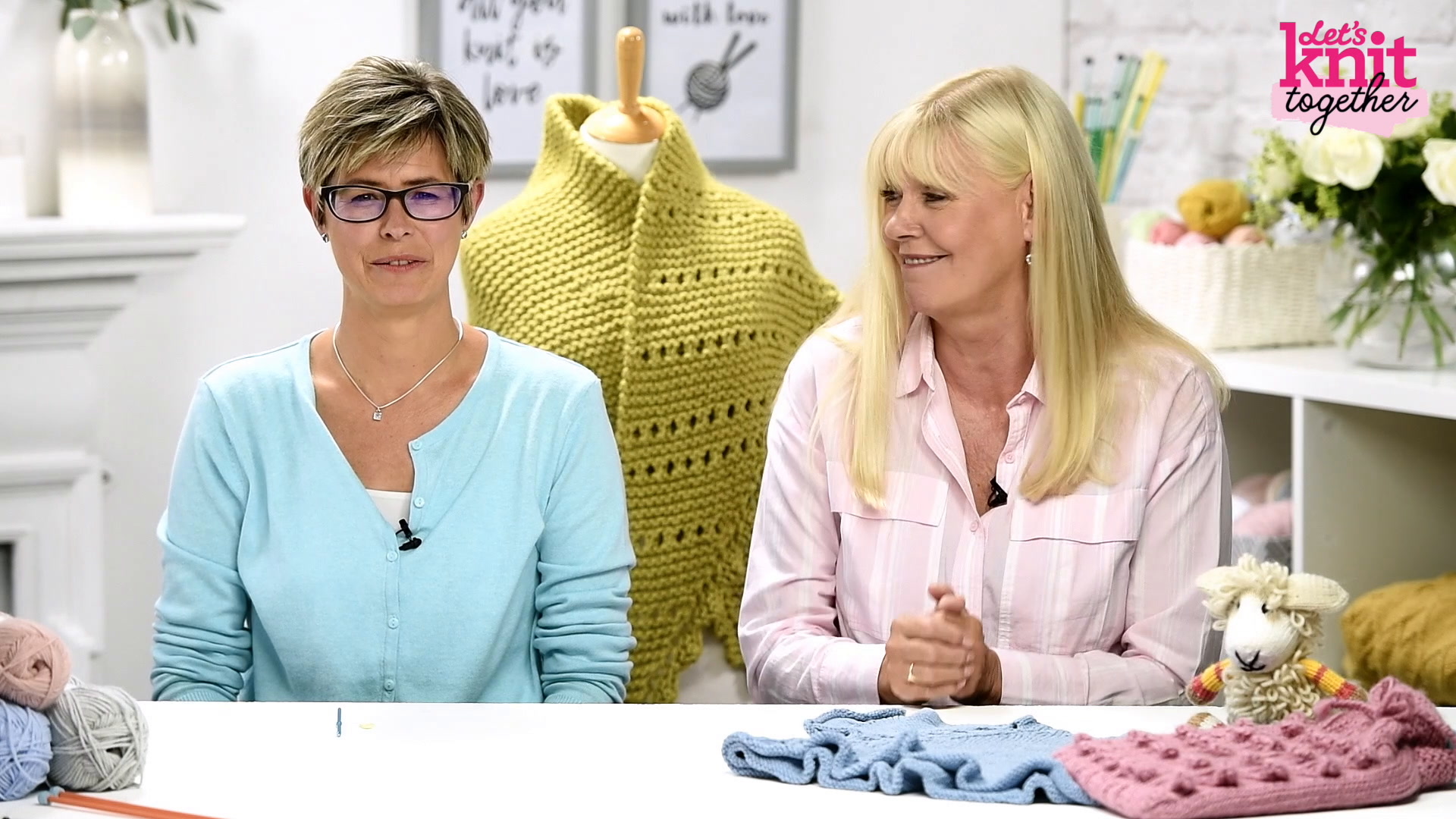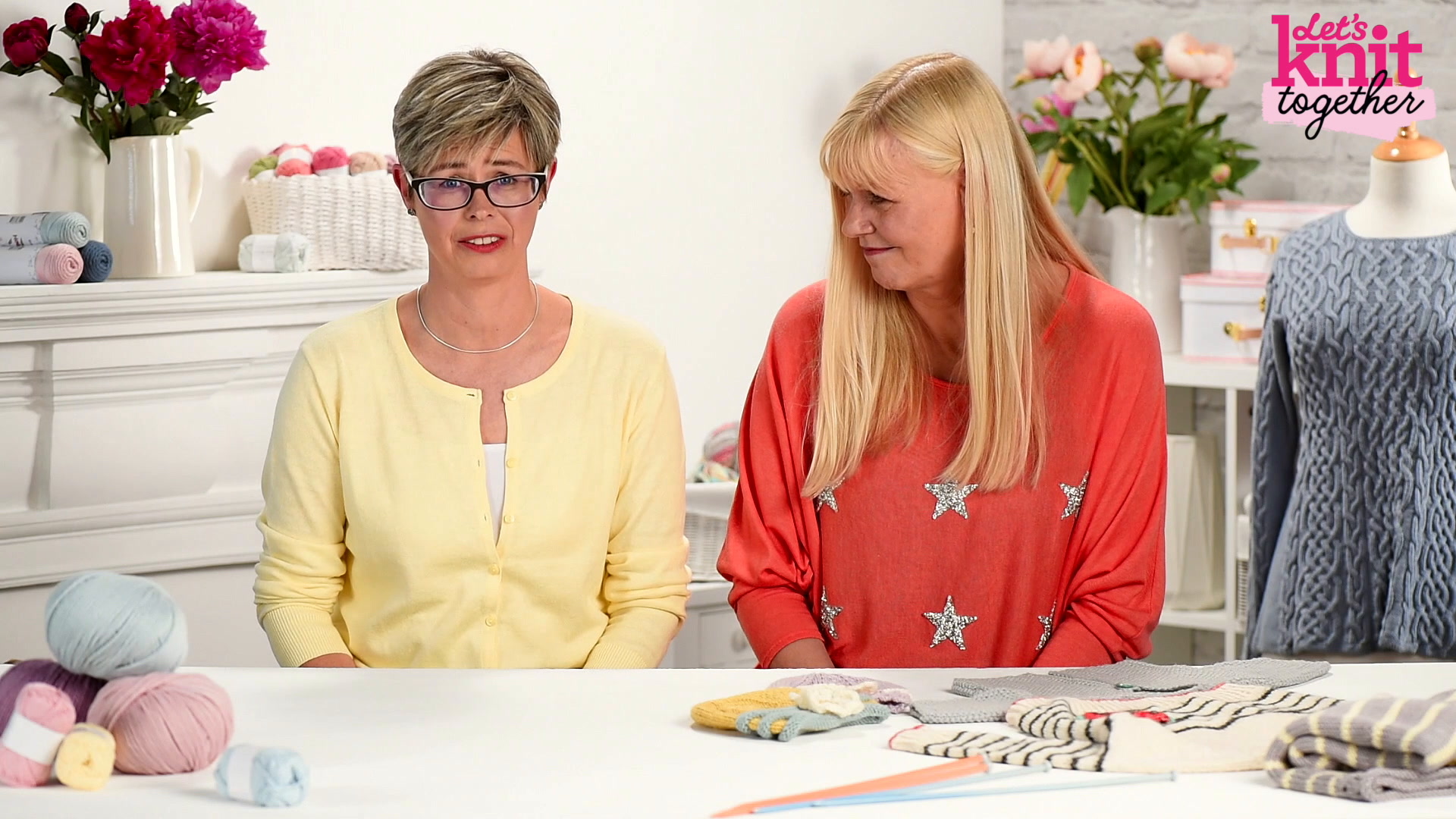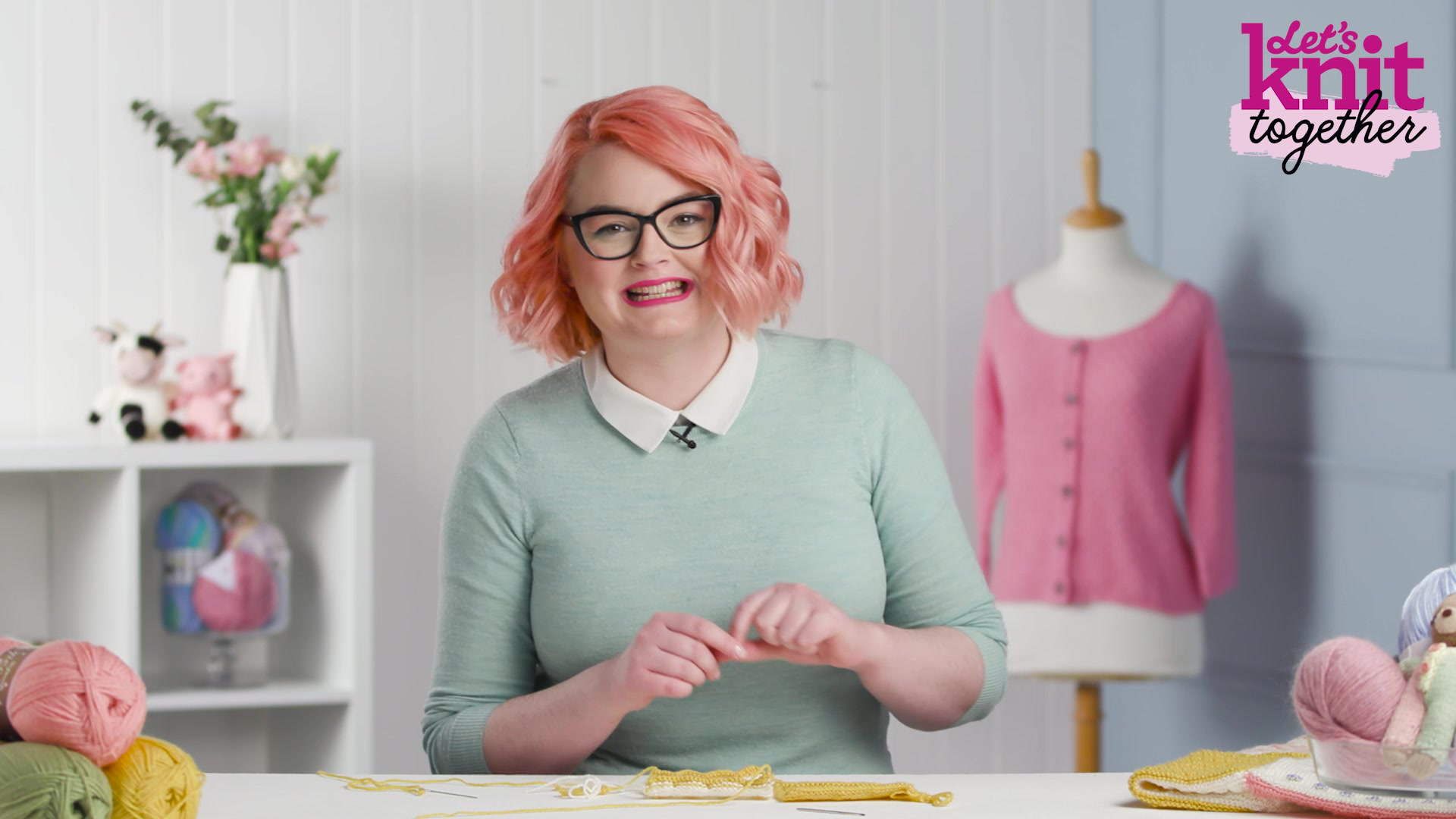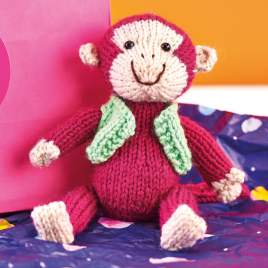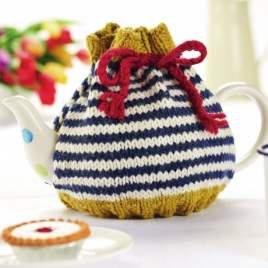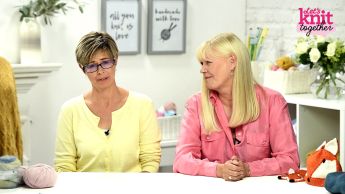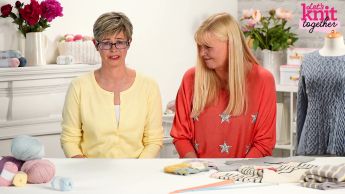How to: get the right tension
video by
Let's Knit Together
- Overview
- Practical Guides
Tension in knitting refers to how many stitches and rows fit in a certain area. See how to match what is specified in a pattern – if given – to make sure your garment ends up the right size.
If a pattern doesn’t include a tension, it’s because it doesn’t need to be a specific size. Use your common sense to check that your knitted fabric will do the job, for example, hold in toy stuffing safely, and if not, apply the usual rules about changing knitting needle size.
Before starting a project you should knit a sample square to check your tension is correct. Using the same yarn and needles as in your pattern, cast on the number of stitches given in the tension square plus five more, and work in the specified stitch for the same number of rows plus five more. In the example on the left, you would cast on 27 stitches and work 33 rows in stocking stitch. Block the square as you would your finished project. Use pins and a ruler to mark out a 10cm square area in the centre. Carefully count the number of stitches and rows over 10cm (for stocking stitch this is easy as each stitch is a clearly defined v-shape). If your stitch and row counts match the tension square then the size of your finished item should be correct. Too many stitches and rows mean your knitting is too tight, so try a larger needle. If it’s too loose, with fewer stitches and rows, try going down a needle size.



